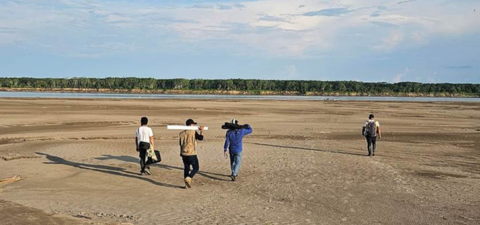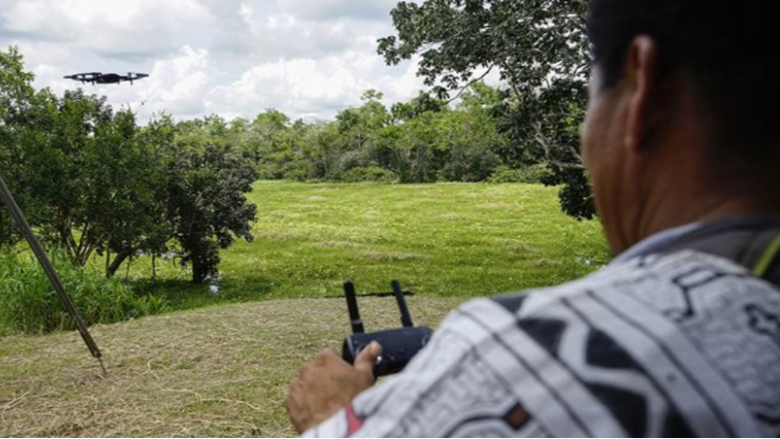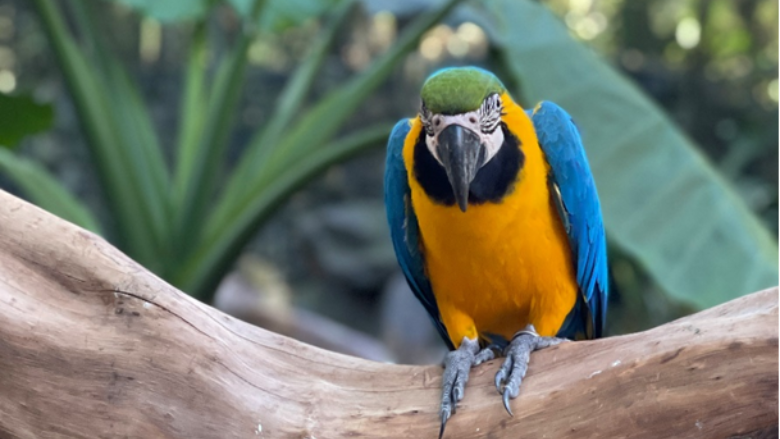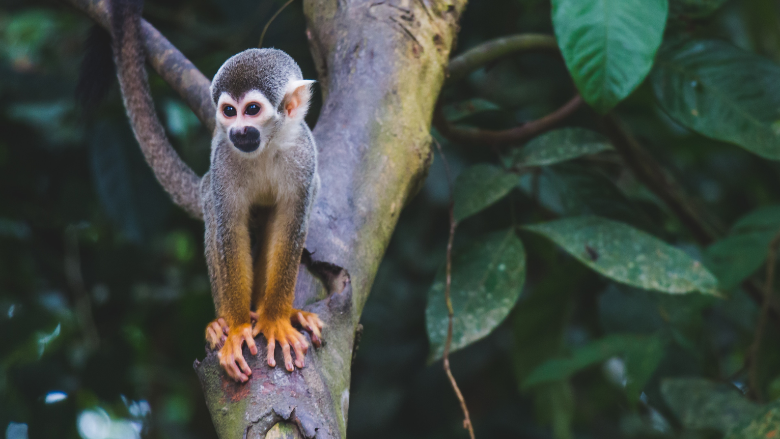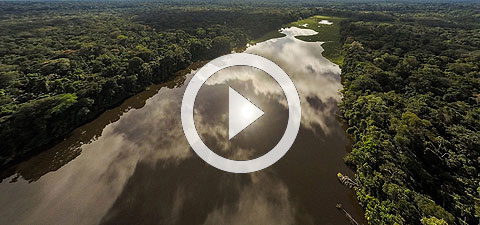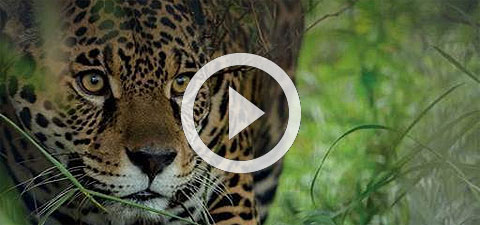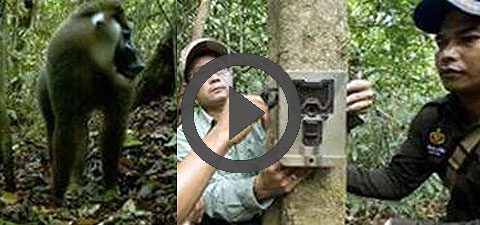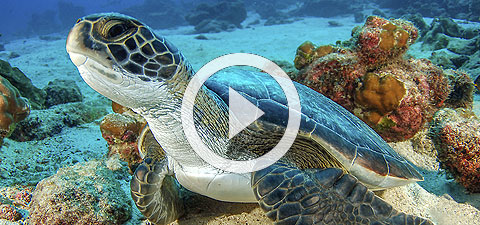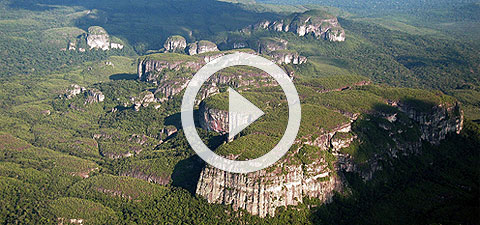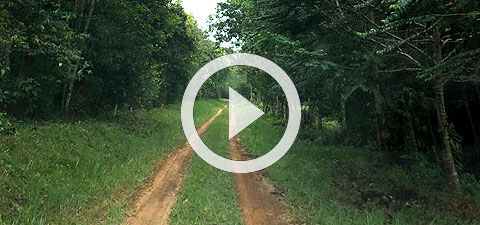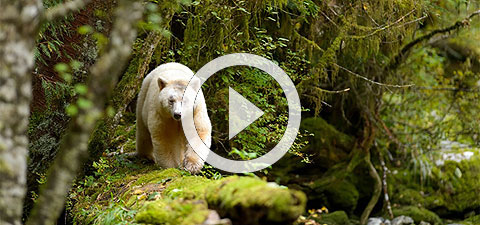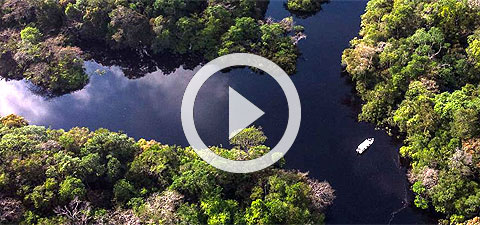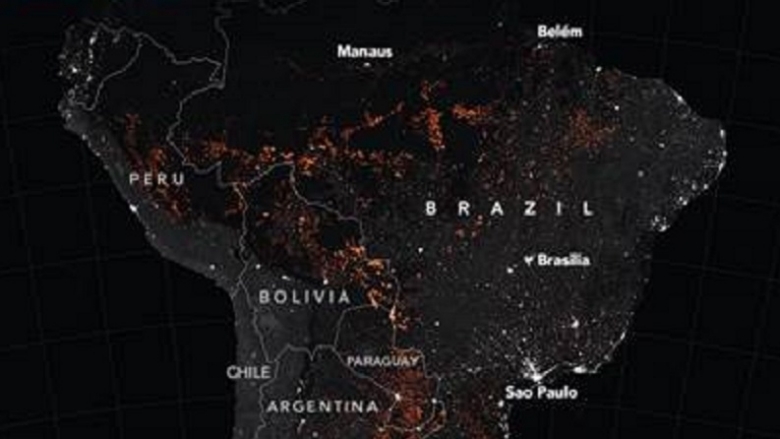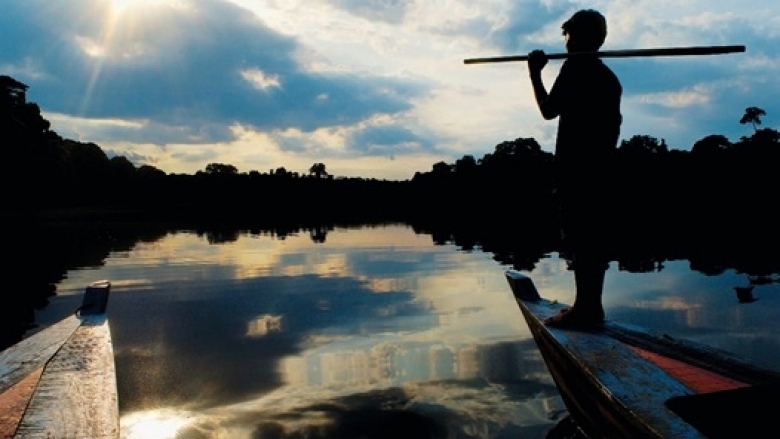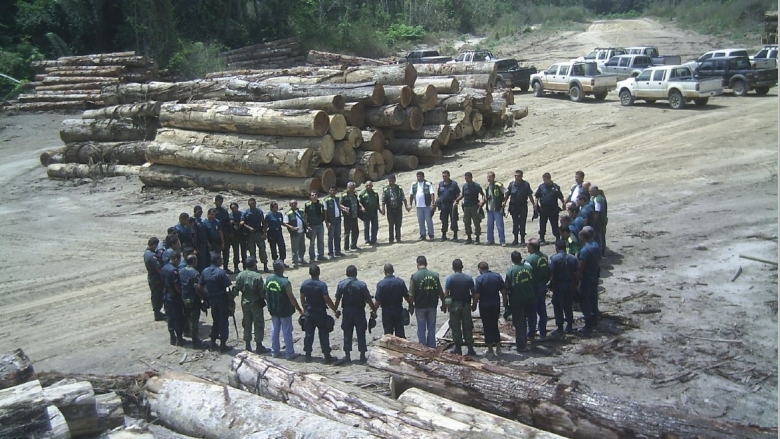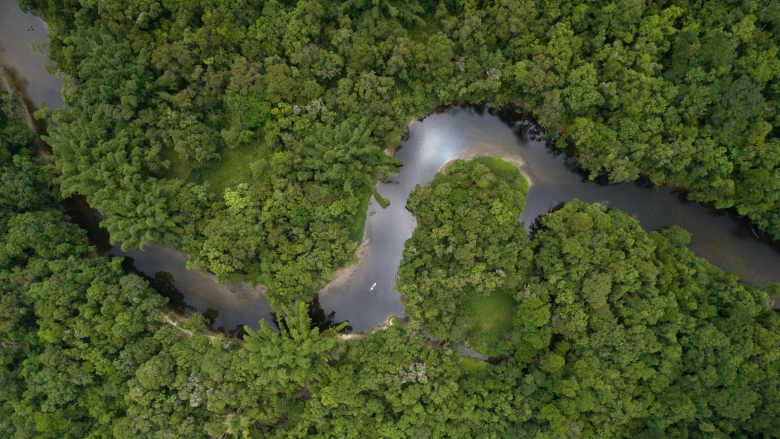O ASL organiza webinars sobre tópicos relevantes para a Amazônia, como manejo florestal sustentável, restauração, manejo de áreas protegidas, conservação de áreas úmidas, manejo da biodiversidade e outros.
Se quiser fazer parte de nossa lista de distribuição e receber convites para participar dos webinars do ASL, envie um e-mail para asl-info@worldbank.org.
2025
Futuros Amazônicos: Juventude Indígena Liderando a Mudança
12 de agosto de 2025
Coorganizado com o Painel Científico para a Amazônia, o webinar destacou como os jovens indígenas estão se valendo de conhecimentos ancestrais e ferramentas modernas para proteger a Amazônia e construir futuros mais inclusivos e resilientes. Coincidindo com o Dia Internacional dos Povos Indígenas do Mundo e o Dia Internacional da Juventude, esta sessão explorou como a ciência, as políticas e a governança podem ser transformadas por meio da colaboração equitativa e intergeracional.
Mais informações
Superando as secas e garantindo o futuro da Amazônia = Nosso futuro
28 de abril, 2025
Nos últimos 25 anos, as secas na Amazônia se tornaram mais frequentes, principalmente devido às mudanças climáticas e à atividade humana. Essa tendência preocupante enfraquece a capacidade do ecossistema de fornecer serviços vitais às comunidades ribeirinhas. A interação entre secas, temperaturas mais altas e desmatamento está impactando severamente a biodiversidade e os meios de subsistência das comunidades locais.
Mais informações
Estado da Conectividade Ecológica na Panamazônia
4 de febrero de 2025
A floresta amazônica é vital para a regulação climática global, biodiversidade e meios de subsistência indígenas, mas a crescente fragmentação do ecossistema ameaça sua integridade ecológica. Um estudo apresentado na COP16 revela que 83,5% das áreas não perturbadas da Amazônia correm o risco de perder a conectividade ecológica, impactando a mobilidade das espécies, o fluxo gênico e a capacidade da floresta de se adaptar às mudanças ambientais. Este webinar discutirá as descobertas do estudo e promoverá estratégias para restaurar a conectividade, respeitando os direitos e tradições indígenas.
Saiba mais
2024
Dados geoespaciais na prática: monitoramento comunitário de florestas tropicais por povos indígenas na região Amazônica
2 de abril de 2024
Neste webinar, exploraremos como as novas tecnologias, incluindo dados geoespaciais, usadas diretamente pelos povos indígenas, podem contribuir para a gestão eficaz de seus territórios, fornecendo-lhes informações acessíveis e atualizadas para monitorar ameaças e preservar seus recursos naturais. Com base em exemplos de iniciativas de monitoramento participativo do Brasil, Guiana e Peru, os palestrantes mostrarão como as novas tecnologias, incluindo aplicativos móveis, drones e imagens de satélite, estão sendo usadas para rastrear áreas de desmatamento e fornecer evidências convincentes para influenciar os tomadores de decisão na elaboração de políticas. Participe desta reunião para saber como as iniciativas comunitárias apoiadas por dados geoespaciais podem combater as ameaças ambientais e apoiar a proteção desses territórios de valor inestimável.
Saiba mais
Financiamento da Natureza através da Conversão de Dívida
14 de março de 2024
Nesta terceira parte do webinar Sustainable Finance for Nature (Finanças sustentáveis para a natureza), organizado pelo ASL e pelo Pew, os especialistas compartilharam experiências práticas com conversões de dívida por natureza. Esta sessão descreveu como esses acordos funcionam, o potencial para acordos futuros e os principais fatores e riscos a serem considerados. As perspectivas de diversos parceiros setoriais permitiram que os membros da plateia compreendessem melhor essa ferramenta inovadora e como ela pode ser usada para financiar investimentos na natureza e, ao mesmo tempo, fortalecer os países em desenvolvimento, com uma visão especial de como esse instrumento poderia beneficiar o bioma amazônico.
Saiba mais
2023
Alcançando a Meta 30x30 na América Latina e no Mundo – Guia para Implementação
9 de novembro de 2023
Uma meta principal do Quadro Global de Biodiversidade Kunming-Montreal (GBF, por sua sigla em inglês) visa garantir que 30 por cento das áreas terrestres, aquáticas e marinhas sejam efetivamente conservadas (Meta 3), refletindo o papel estratégico que as áreas de conservação desempenham na garantia de benefícios ambientais globais e a sua importância na concretização da visão global de um mundo que viva em harmonia com a natureza até 2050. Para ajudar os países a implementar actividades para atingir esta meta, um novo guia sobre a Meta 3: “30x30: Um guia para a implementação inclusiva, equitativa e eficaz da Meta 3 do Quadro Global de Biodiversidade Kunming-Montreal” foi desenvolvido pela WWF, pela Comissão Mundial de Áreas Protegidas (CMAP) da União Internacional para a Conservação da Natureza (UICN) e pela The Nature Conservancy (TNC), com financiamento do Fundo Global para o Meio Ambiente (GEF, por sua sigla em inglês). Trata-se de um guia introdutório para implementadores encarregados de proteger 30 por cento do planeta até 2030. Baseia-se na experiência de vários países, incluindo o Equador e o Chile, que discutirão as suas abordagens nacionais. Este webinar oferece aos participantes a oportunidade de discutir como atingir este ambicioso meta de forma inclusiva, equitativa e eficaz; com foco na Amazônia e na América Latina, mas com relevância para países ao redor do mundo que buscam proteger áreas de alta biodiversidade.
Saiba mas
Financiando a Conservação – O Papel dos Títulos
19 de outubro de 2023
A segunda edição desta série de webinars organizada pelo ASL sobre Financiamento Sustentável para a Natureza exploraró o uso de títulos para catalisar novas fontes de financiamento da conservação. Os títulos apresentam uma maneira inovadora de alavancar fundos para a conservação da biodiversidade e a restauração de ecossistemas, financiando uma ampla gama de atividades de conservação, como o gerenciamento de áreas protegidas, meios de subsistência sustentáveis e restauração florestal. O mercado de títulos verdes cresceu rapidamente desde que o primeiro título foi emitido em 2007, atingindo uma emissão acumulada de US$ 1 trilhão até 2020. Com base em exemplos práticos de todo o mundo, especialistas nesta área explicaram como diferentes tipos de títulos estão sendo usados para liberar recursos para a conservação e como modelos semelhantes poderiam ser aplicados para proteger a floresta amazônica e melhorar os meios de subsistência.
Saiba mas
2021
Free flowing rivers in the Amazon region
February 16, 2021
Healthy rivers support freshwater fish stocks that improve food security for hundreds of millions of people, deliver sediment that keeps deltas above rising seas, mitigate the impact of extreme floods and droughts, prevent loss of infrastructure and fields to erosion, and support a wealth of biodiversity. New research in the Amazon shows 16 of the region’s 26 very long rivers currently remain free flowing, while planned dams would further reduce that number to 9. The webinar will present the results of the global and Amazon Basin assessments, opening a discussion of the global, regional, and national benefits of free flowing rivers, the environmental, social, and economic impacts of disrupting rivers’ connectivity, and recommendations for multisectoral planning and river protection approaches that align with development goals.
Learn more | Download the presentation | Watch the recording
Valuing Nature Conservation – Quantifying the benefits of protecting the planet's natural capital
November 17, 2020
Much of the global economy depends on natural capital. Acting as the planet's balance sheet, natural capital provides critical services and resilience. It supports water cycles and soil formation while protecting our communities from major storms, floods, fires, and desertification. By absorbing CO2, it limits the pace of climate change. This webinar will focus on the results of the latest McKinsey and Company report "Valuing Nature Conservation: A methodology for quantifying the benefits of protecting the planet's natural capital".
Learn more | Download the presentation | Watch the recording
Wildlife Insights – A new platform to conserve and monitor wildlife in the tropics
July 23, 2020
The Amazon is the largest rainforest in the world and is home to one in ten known species in the world. To help secure biodiversity, we need reliable and up-to-date information to understand the status and trends of wildlife species and prevent major threats. Join this webinar to learn about Wildlife Insights, an innovative technology platform solution build to speed up the processing, identification and analysis of camera trap data to enable data-driven wildlife conservation actions.
Read more | Download the presentation | Watch the recording
Sustainable financing of protected areas – Public-private partnerships, the experience of Forever Costa Rica
June 25, 2020
Forever Costa Rica Association (FCR), a private independent conservation trust fund created in 2010, works in partnership with the Government’s National Service of Conservation Areas (SINAC) to finance and implement the country’s biodiversity conservation efforts and PA system. FCR will present its 10+ years’ experience pursuing the conservation of terrestrial and marine ecosystems and the evolution of its alliances with the private sector and civil society.
Read more | Download the presentation | Watch the recording
Sustainable financing of protected areas – Earmarking funds from carbon taxes, Colombia
May 19, 2020
Protected Area systems (PA) are globally considered as one of the most effective approaches for conservation and to tackle climate change, but they are facing ever increasing threats and chronic lack of critically needed financial resources. This webinar focused on the Colombian carbon tax as an economic tool to encourage national greenhouse gas mitigation goals. It showcased the negotiation and design process that led to these funds being earmarked and the resulting impact it has had on PA management and conservation.
Learn more | Download the presentation | Watch the recording
Roads in the Amazon – A better network for people and the environment
May 5, 2020
The rapidly expanding network of roads in the Amazon is permanently altering the world’s largest tropical rainforest. The webinar discussed the expected environmental, social and economic impacts of 75 road projects, totaling 12000 kilometers of planned roads in the Amazon region. It was based on a study by the Conservation Strategy Fund (CSF) which contributes to informed decision-making by quantifying the environmental, social and economic effects of the planned projects.
Learn more | Presentation English | Presentation Español | Watch the recording
Conservation and local community development in the Great Bear Rainforest
April 23, 2020
This was the first of three webinars hosted by the ASL Working Group on Sustainable Finance. Brodie Guy, Executive Director of the Cost Funds, shared the innovative approaches and experience gained over 10 years of supporting First Nations community businesses, economic development and conservation management in one of the largest remaining temperate rainforests and highlighted lessons that could inspire similar approaches for Protected Areas around the world.
Learn more | Download presentation | Watch the recording
Technology meet policy in the Amazon
March 25, 2020
Our recent webinar featured MAAP, an initiative of Amazon Conservation (ACCA), that specializes in satellite-based, real-time deforestation monitoring of the Amazon as well as their recent 2019 synthesis report on Amazon Deforestation Trends and Hotspots.
Learn more | Download the presentation | Watch the recording
Fires in the Brazilian Amazon—What’s Happening in 2019
September 18, 2019
The significant uptick of fires in the Brazilian Amazon observed in July and August garnered a tsunami of international attention. To better understand the situation, the ASL hosted a virtual technical meeting “Fogo na Amazônia: O que está acontecendo em 2019?“ to discuss essential information about the fires and its causes. The presentation by Ane Alencar, Science Director of the Institute for Environmental Research (IPAM, in Portuguese), provided an overview of the monitoring and analytical approaches being pursued by IPAM to understand historical deforestation patterns across various Brazilian biomes and land tenure categories. It focused on the complex interactions between deforestation, climatic factors, and land designation categories and their influence on fire incidence in the Amazon, highlighting how data gathered in the first eight months of 2019 shows a significant increase in fire incidence compared with recent historical patterns. Presentation (in Spanish)
Citizen Science for the Amazon
August 28, 2019
This webinar shared information about the project Citizen Science for the Amazon, led by the Wildlife Conservation Society (WCS). The project seeks to generate information about fish and water at a basin scale and to train citizens as informed and empowered actors for the sustainable management of fisheries and the conservation of wetlands. With multiple pilot sites in the Amazon region and a network of more than 30 organizations, the project offers solutions for conservation and sustainable development with the community playing the role of leading scientists and users of easy-to-reach technologies. Representatives from research institutions and NGOs from Colombia, Peru, and Brazil shared their experience and lessons from the field.
Presentation (in Spanish)
How Brazil Has Reduced 80% of the Amazon Deforestation in 10 Years - Lessons Learned and Recommendations
May 2019
Deforestation is a global challenge for humankind and climate change. Ongoing forest loss, particularly in the tropics, has been a major concern for the scientific and sustainable development communities. However, between 2004-2014, Brazil adopted policies that have reduced forest loss by 80% in the Amazon. The webinar discussed the challenges of designing, implementing and delivering bold results for global climate change mitigation.
Presentation Measuring the Economic Value of the Amazon’s Ecosystem Services
August 2018
The results of the study developed by the World Bank with the financial support of the Norwegian Ministry of Climate and Environment were presented.
Economic Valuation of Changes in the Amazon Forest Area was developed as part of the project. The hydrological calculations can be accessed on the
Research Group on Atomosphere-Biosphere Interaction website.
Última atualização: 25 de jan 25, 2025 de 2025

